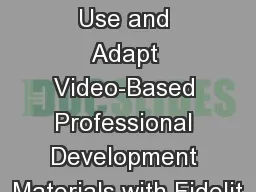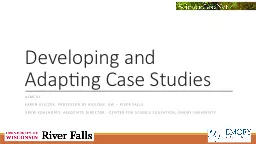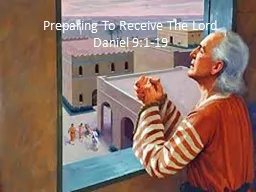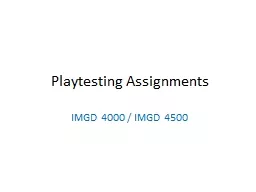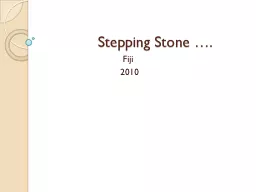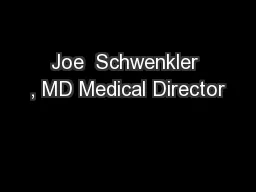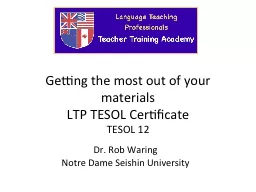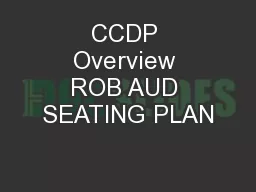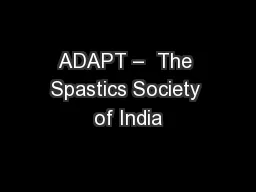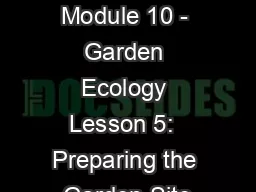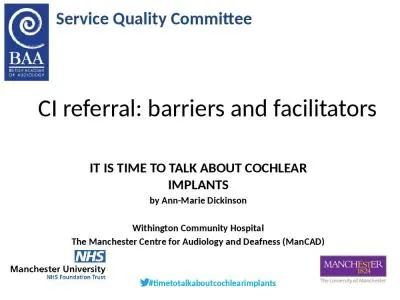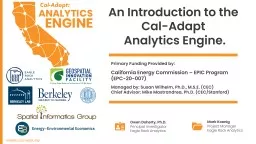PPT-Preparing Facilitators to Use and Adapt Video-Based Professional Development Materials
Author : myesha-ticknor | Published Date : 2018-02-06
Nanette Seago WestEd Redwood City CA Karen Koellner Hunter College New York Jennifer Jacobs University of Colorado Boulder 2 Presentation Overview Fidelity Definitions
Presentation Embed Code
Download Presentation
Download Presentation The PPT/PDF document "Preparing Facilitators to Use and Adapt ..." is the property of its rightful owner. Permission is granted to download and print the materials on this website for personal, non-commercial use only, and to display it on your personal computer provided you do not modify the materials and that you retain all copyright notices contained in the materials. By downloading content from our website, you accept the terms of this agreement.
Preparing Facilitators to Use and Adapt Video-Based Professional Development Materials: Transcript
Download Rules Of Document
"Preparing Facilitators to Use and Adapt Video-Based Professional Development Materials"The content belongs to its owner. You may download and print it for personal use, without modification, and keep all copyright notices. By downloading, you agree to these terms.
Related Documents

